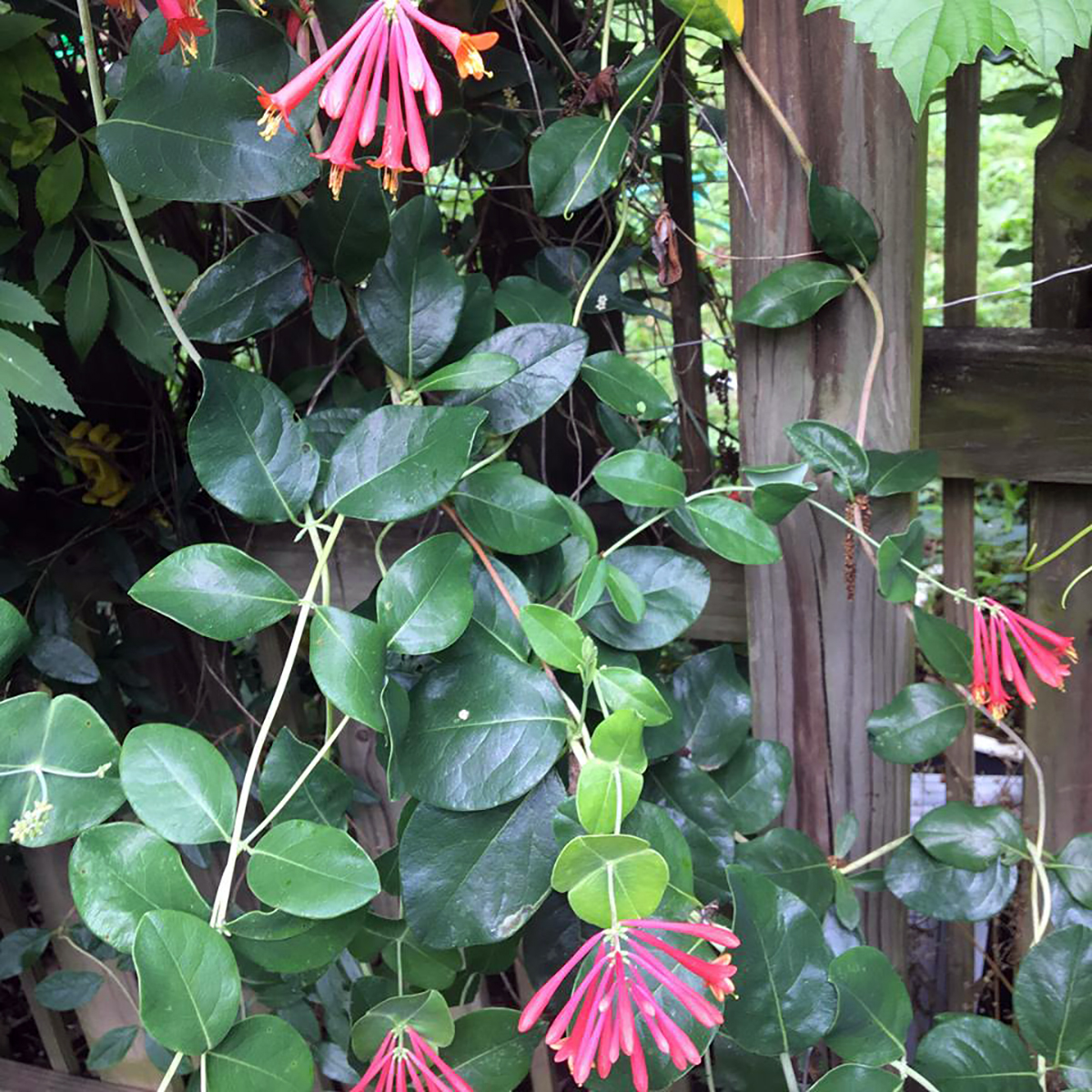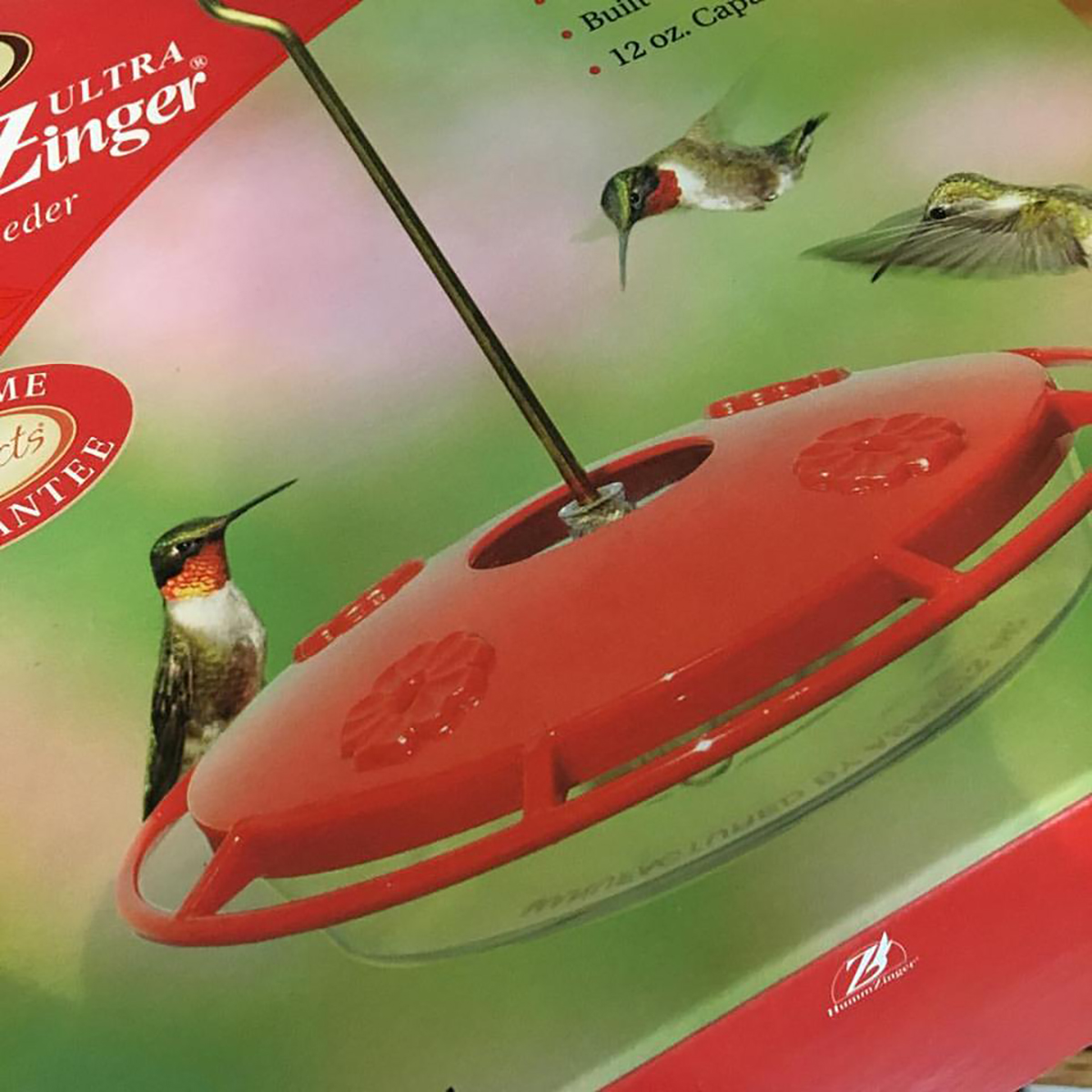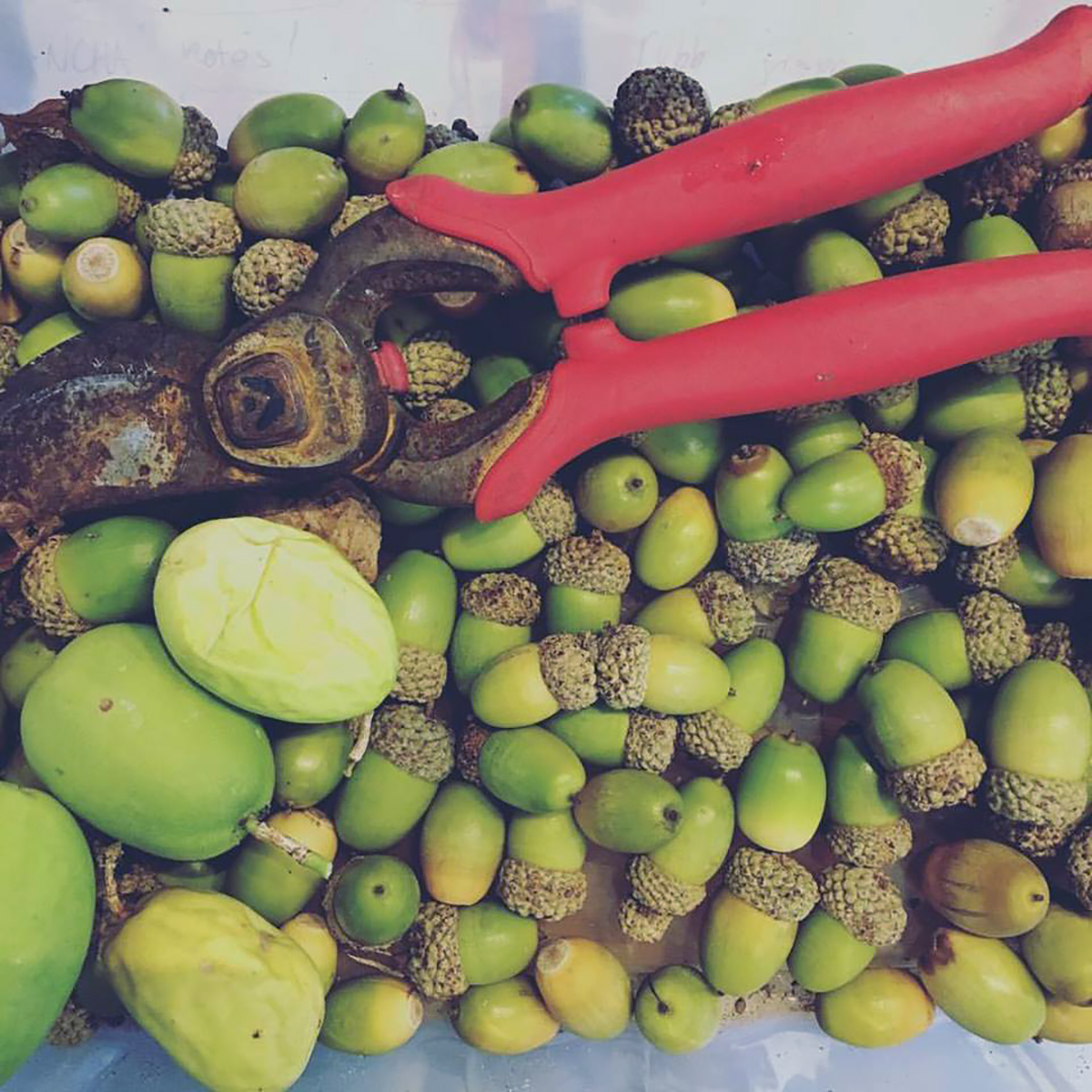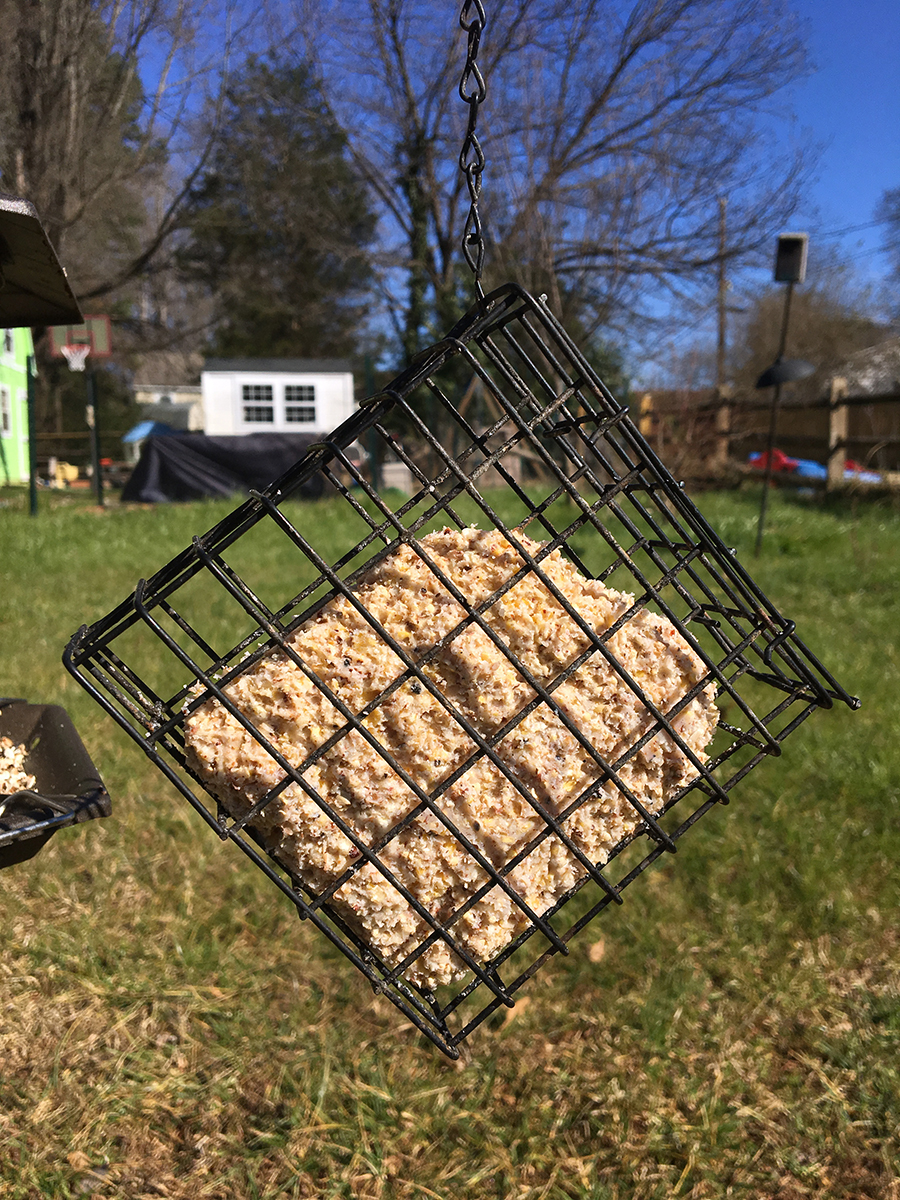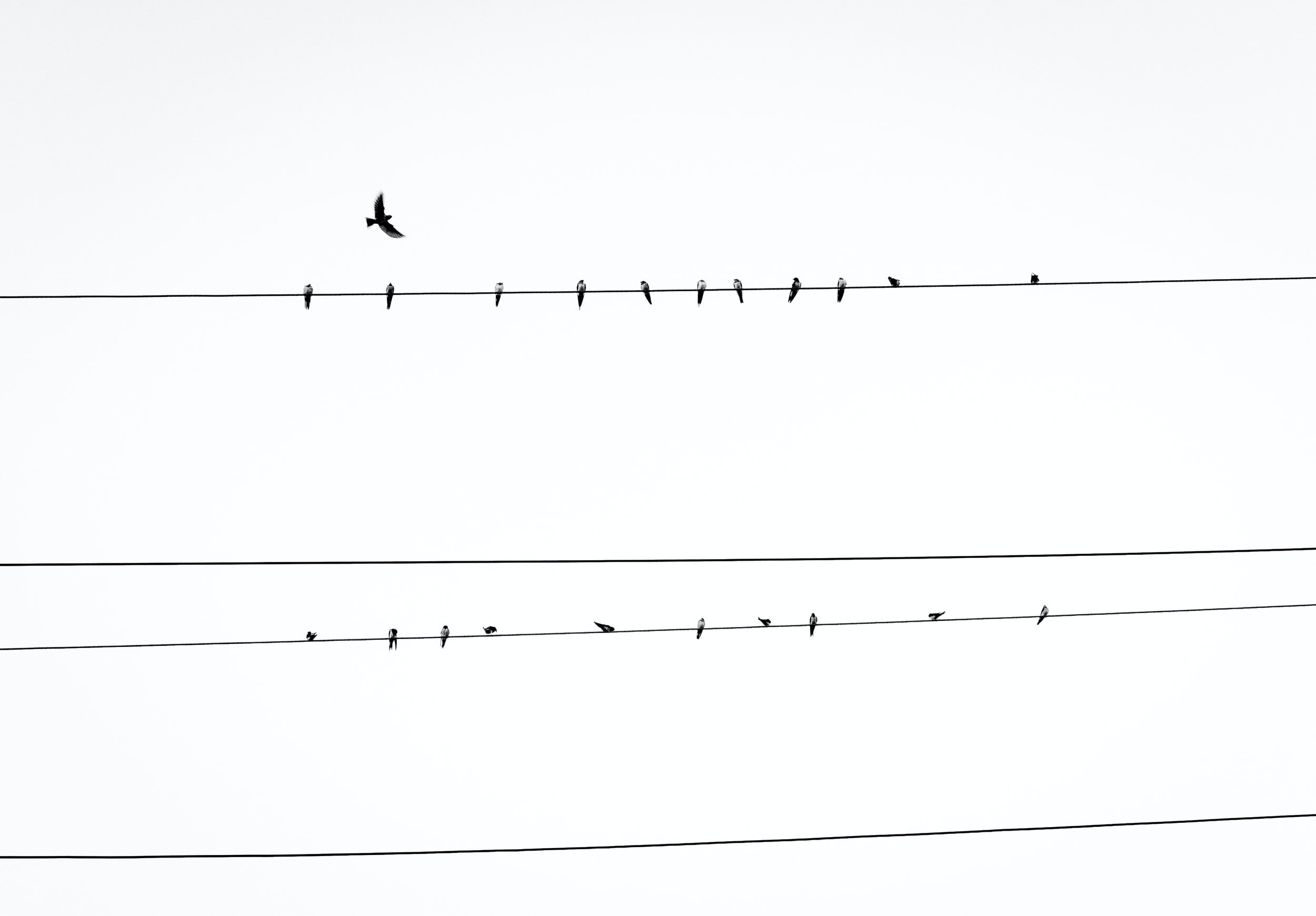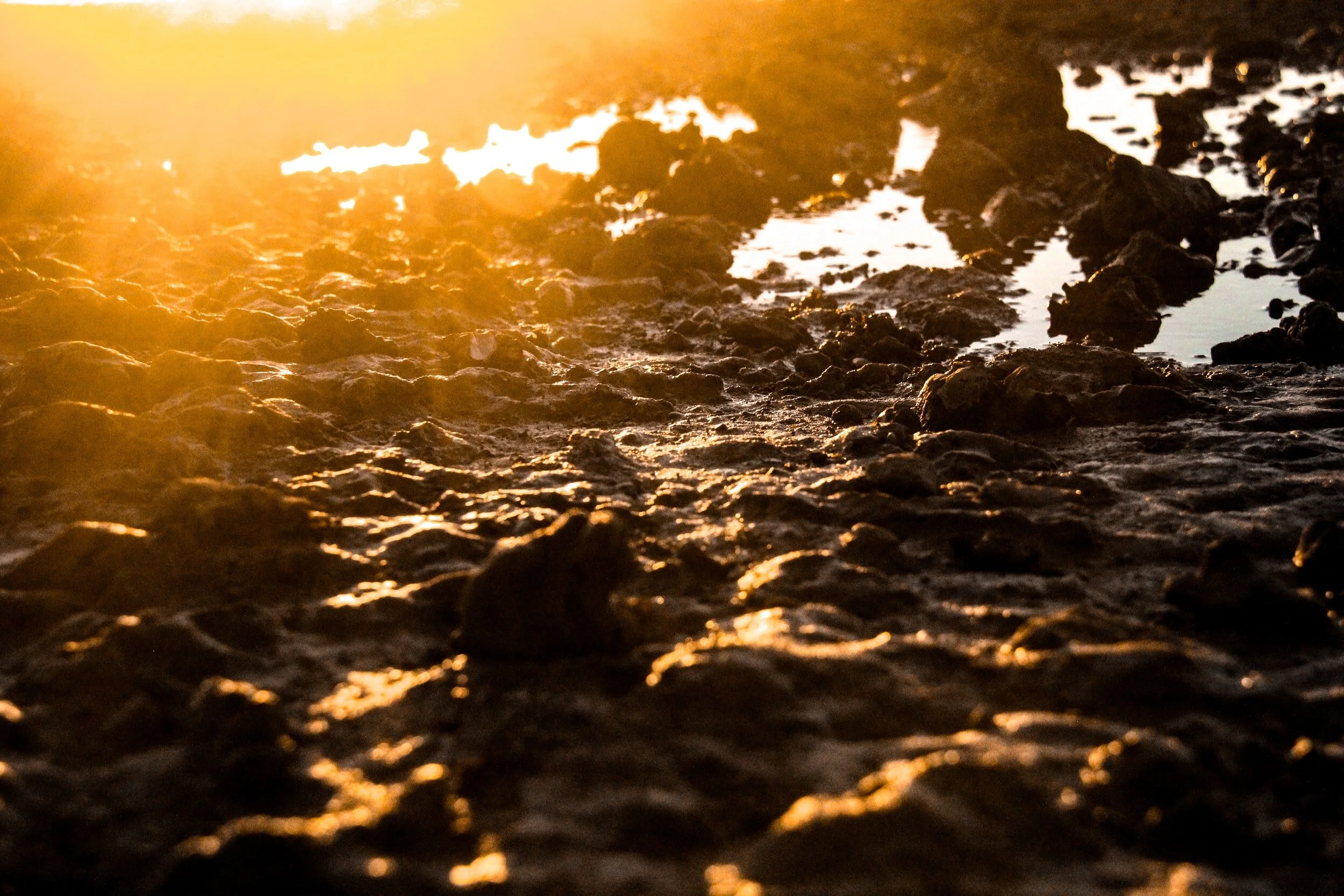In the last article we looked at sites for wildlife habitats (homes, businesses, places of worship, and public sites such as parks). We also looked at the requirements: food, water, cover, places to raise young, and sustainable gardening practices.
In the next few installments we’ll examine each requirement separately to see how easy they are to provide.
Let’s kick off with food. This can be natural (like acorns, seeds, nuts) or something that you provide (like bird seed, suet or corn).
If you’re feeding birds, natural sources of food include plants that provide berries (like blueberries), seeds (echinacea or Black-eyed Susan), nuts (pecan or hazelnut), or nectar (for hummingbirds). Notice that these can all feed people, too!
To provide food in a fast and efficient manner think about using bird feeders. It’s important to do your research and know what foods your favorite birds prefer, what type of feeder to use, and where to hang it for the best result. Keeping feeders filled and cleaned is important. And make sure to buy quality seed instead of a giant bag of mostly millet, which most of our birds don't eat!
If squirrels eat a lot of your seed, add a baffle to prevent them from shimmying up a pole to help themselves to the bird food. Remember that squirrels can jump quite a long ways from any direction, so take that into account when hanging feeders.
Winter months and cold weather can be hard on our birds. I like to provide suet for a high energy food for birds. It's easy to make your own and a great project for kids.
Who doesn't love seeing hummingbirds? Put out feeders in more than one location (out of the line-of-sight) and keep them clean by a weekly scrubbing. The nectar will ferment quickly in very hot weather, so you'll need to change it regularly.
If you’re trying to attract pollinators, focus on providing a variety of native plants of different colors and shapes. Use native plants to get the biggest environmental bang for your buck.
So there you have it - a quick and easy way to provide food for critters in your yard. And the best thing is that you get the joy of seeing nature up close!
